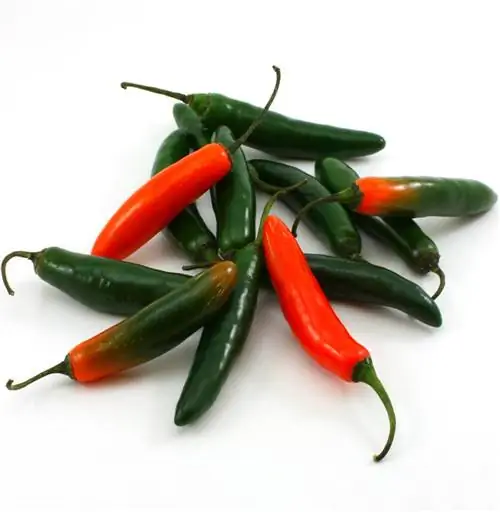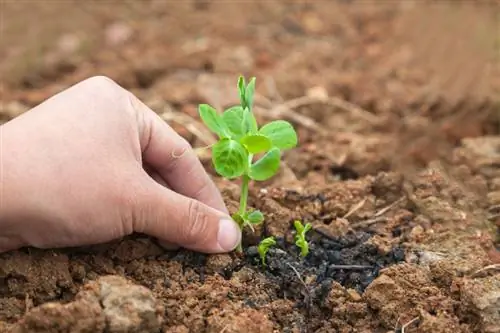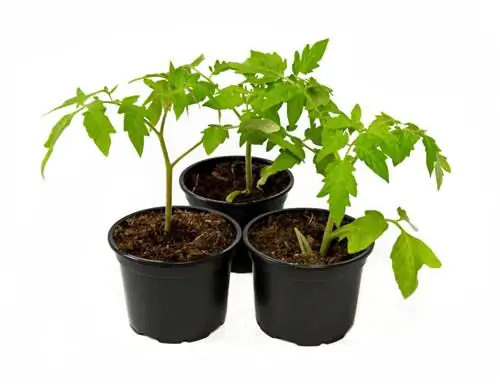- Author admin [email protected].
- Public 2023-12-16 16:46.
- Last modified 2025-01-23 11:22.
Making aromatic wine from home-picked fruit is an increasingly popular hobby. However, it is not enough to simply put the fruit in a container and let it sit for a while. The prerequisite for good spirits is the mash, which then ferments. You can find out how to prepare and process these in this article.

How do you prepare mash for making fruit wine?
To prepare mash for fruit wine, you need fresh, ripe fruits, sugar, turbo yeast, anti-gelling agents and citric acid. Chop up the fruit, add sugar, turbo yeast and anti-gelling agent and adjust the pH with citric acid. The mash is now ready for fermentation.
What is mash?
It is a starchy and sugary mixture of crushed fruits that forms the basis for alcoholic fermentation processes. Mash is used to produce:
- Beer,
- Spirit,
- Wine
needed. The maceration process is used for this purpose. A distinction is made between:
- The conversion of starch into sugar, for example in grain or potato mash.
- The fermentation of fructose into alcohol in fruit mash.
Making the mash
If colors and flavors are to pass into the fruit wine, mash fermentation must be carried out.
Ingredients:
- Fruit as desired
- Leutersugar
- Citric Acid
- Turbo yeast
- Anti-gelling agents
- Potassium pyrosulfite
- Gelatin or tannin
You will also need the following equipment to make fruit wines:
- 2 fermentation vessels that can be sealed airtight
- Fermentation closures that allow gases to escape without allowing air to enter
- Winejar
- Potato masher or hand blender
- Wine bottles
- Corks
Making the mash
- Only use fresh, fully ripe and undamaged fruits. The fruit does not need to be peeled.
- Crush the fruits carefully. Depending on the quantity, this works very well with a potato masher or hand blender.
- Do not filter out the seeds and peels. These ensure a more intense color and taste.
- Add sugar in a ratio of 1:1 and mix well.
- Mix in turbo yeast.
- To prevent the pulp from gelling, now mix in the anti-gelling agent.
- Determine the pH value and, if necessary, acidify with citric acid. How much you need depends on the fruit and the amount of added sugar.
Further processing
The finished mash is transferred to fermentation tanks. Only half of the available volume is used, otherwise the liquid could overflow during fermentation. The fermentation container, which should be in a place where the temperature is between 18 and 21 degrees, is sealed airtight. After about two to three days, fermentation begins, which you can recognize by the bubbles rising in the liquid.
If no bubbles are visible after about four weeks, the fruit wine is processed further. Place the fermentation container in a cool room so that the cloudy substances settle. Then pour into clean bottles using a wine siphon and sulphurize with potassium pyrosulphite for longer shelf life. This substance prevents secondary fermentation and unwanted bacterial growth.
After fermentation, the fruit wine begins to clear. This process can be accelerated by adding gelatin or tannin. Once all the particles have sunk, the wine is drawn off again, bottled and corked.
Tip
Please remember that distilling alcohol for personal use is not permitted in every country. You can obtain information about the applicable regulations from the responsible customs office. You can also find these on the Internet.






